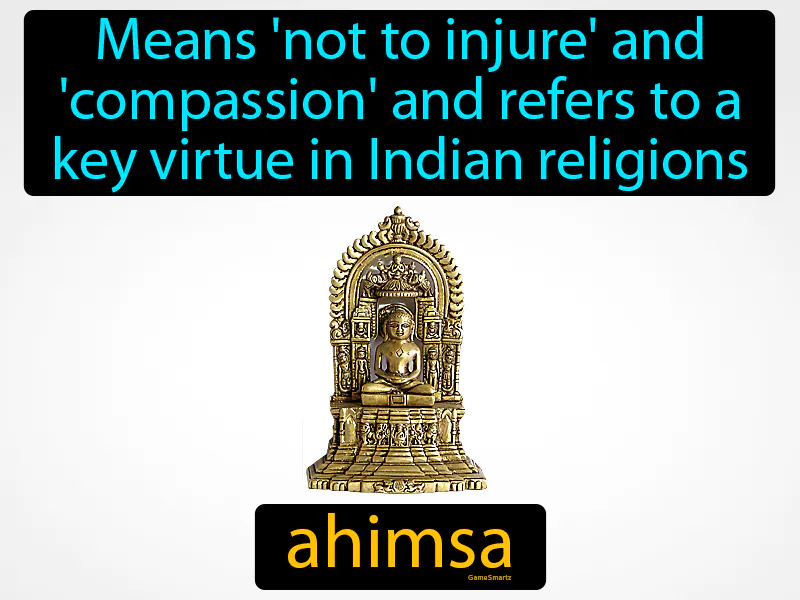Ahimsa
Ahimsa: Easy to understand
Ahimsa is an ancient idea that means avoiding harm and showing compassion, and it was important in Ancient India and China from 2600 BC to 550 AD. In these cultures, ahimsa responded to the need for peaceful coexistence and the belief that all living beings are connected, which was especially important in societies where there was often conflict. This idea influenced major religions like Hinduism, Buddhism, and Jainism, encouraging people to practice non-violence in their thoughts, words, and actions. Today, ahimsa is still relevant as it inspires people to be kind and considerate, such as choosing not to bully others at school or standing up against violence. For example, if someone sees a friend being teased, practicing ahimsa means they would step in to support their friend or talk to an adult, promoting a more caring community.

Practice Version

Ahimsa: Means 'not to injure' and 'compassion' and refers to a key virtue in Indian religions. Ahimsa is the practice of non-violence and respect for all living beings, popularized by leaders like Mahatma Gandhi during India's independence movement.